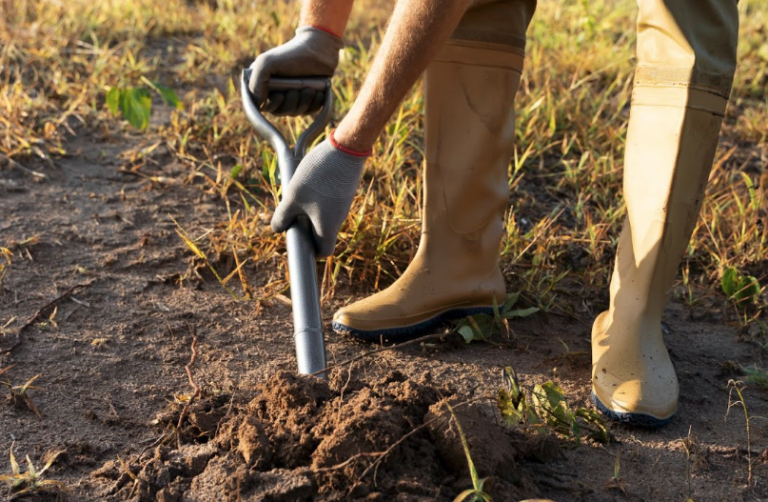Introduction
Equipment choice matters more in Florida than in many other places. Sand, high water tables, and sensitive root zones change what machines make sense. Pick the wrong gear and you create soil damage, require extra remediation, or trigger regulatory headaches. If you’re planning land clearing fort myers projects, choose machines based on conditions, not habit.
This article helps you match equipment to terrain and task so you clear efficiently and protect the site.
Match machine weight and tracks to soils
Sandy or saturated soils demand tracked machines or low-ground-pressure options. Wide tracks distribute weight and reduce rutting and compaction. Avoid heavy dozers on wet ground unless you have mats or stabilized haul routes.
On upland lots use conventional dozers and loaders, but know the limits.
Bulldozers: speed for open uplands
Bulldozers move big volumes fast and are efficient on wide, dry sites. They’re great for clearing underbrush, pushing aside small trees, and initial grading. Keep dozer work out of buffers and away from retained tree root zones to avoid long-term damage.
Dozers are not the right answer near wetlands or in areas with protected habitat.
Excavators: precision and stump work
Excavators are versatile. They dig stumps, handle grading, and work in tighter spaces. Use a tracked excavator with a hydraulic thumb to pick and place material precisely. Excavators also pair well with shears or mulching heads for selective clearing.
For Fort Myers land clearing, excavators often replace dozers in sensitive areas.
Tree shears and mulchers: reduce disturbance
Hydraulic shears cut trunks cleanly and reduce the need for extraction. Mulching heads grind trees and brush in place and return material as chips. These tools limit ground disturbance and are ideal near buffers and retained canopy.
Mulchers can be mounted on excavators or skid steers depending on the site.
Skid steers and compact loaders: nimble options
Skid steers with grapples or mulchers offer flexibility in tight spaces. Their maneuverability helps near structures and between stands of trees. Use caution in very soft soils because tires can cause deep ruts.
Specialty gear for wetland-adjacent work
For marshy edges consider swamp tracks or amphibious excavators. These specialty machines reduce footprint but require experienced operators and strict permitting.
When using mats or temporary roadways, plan routes to minimize soil disturbance.
Operator skill counts more than horsepower
A careful, experienced operator does less damage than a novice with bigger machines. Hire crews with local experience in environmentally sensitive clearing. Require pre-job briefings and mark no-go areas clearly.
Maintenance and spill prevention
Keep machines well maintained to avoid hydraulic leaks or fuel spills. Store refueling and maintenance zones away from drainage and buffers. Carry spill kits and train staff on their use.
Plan for material handling
Match equipment to debris handling plans. If you’ll chip on-site, use loaders and trucks sized for chip hauling. If timber salvage is planned, coordinate with loggers to ensure safe extraction routes.
Conclusion
For land clearing fort myers work, choose machines that fit soil conditions, ecological constraints, and project objectives. Favor tracked excavators and mulchers near sensitive areas, use dozers for dry uplands, and prioritize skilled operators. Thoughtful equipment selection reduces damage, speeds work, and keeps regulators and neighbors satisfied.


